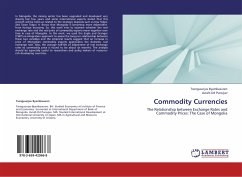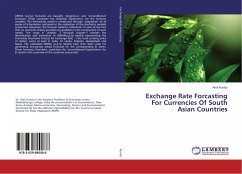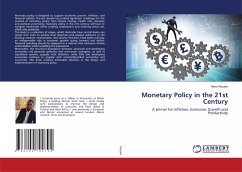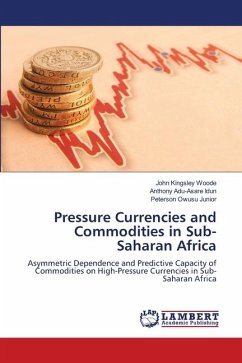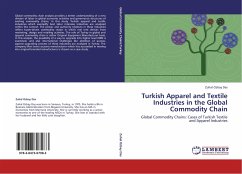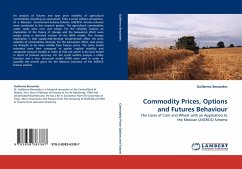In Mongolia, the mining sector has been upgraded and developed very sharply last few years and some international experts stated that this growth will be hold up related to the strategic deposits such as Oyu Tolgoi and Tavan Tolgoi. It shows that Mongolia is becoming more dependent from foreign economy. So, this work tries to examine whether the real exchange rate and the real price of commodity exports move together over time in case of Mongolia. In this work, we used the Engle and Granger (1987) co-integration approach to assess the long-run relationship between these two variables and the empirical results suggest that an increase in price of Mongolian commodity exports appreciates the domestic real exchange rate. Also, the average half-life of adjustment of real exchange rates to commodity price is found to be about six months. The analysis should be especially useful to researchers and policy makers of resource-rich developing countries.
Bitte wählen Sie Ihr Anliegen aus.
Rechnungen
Retourenschein anfordern
Bestellstatus
Storno

